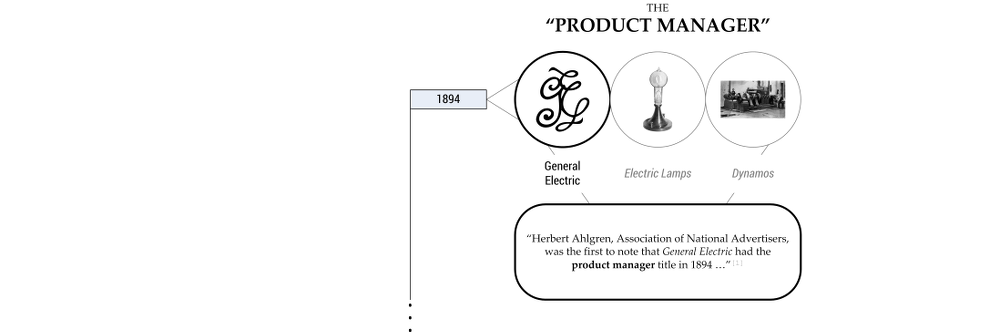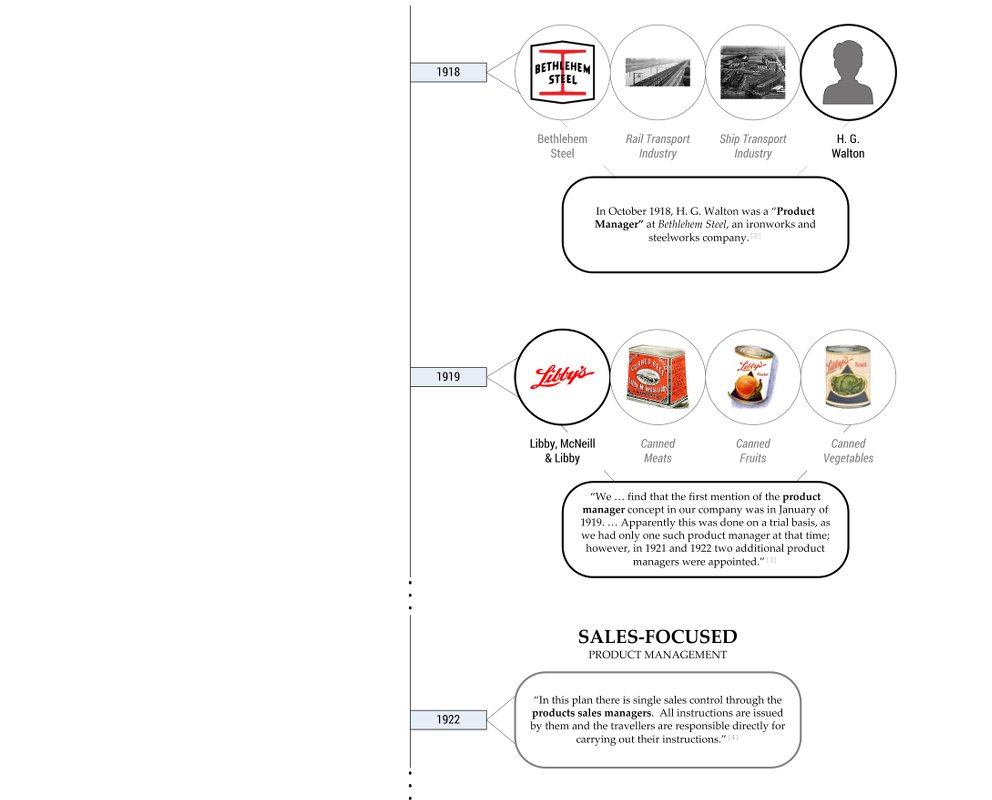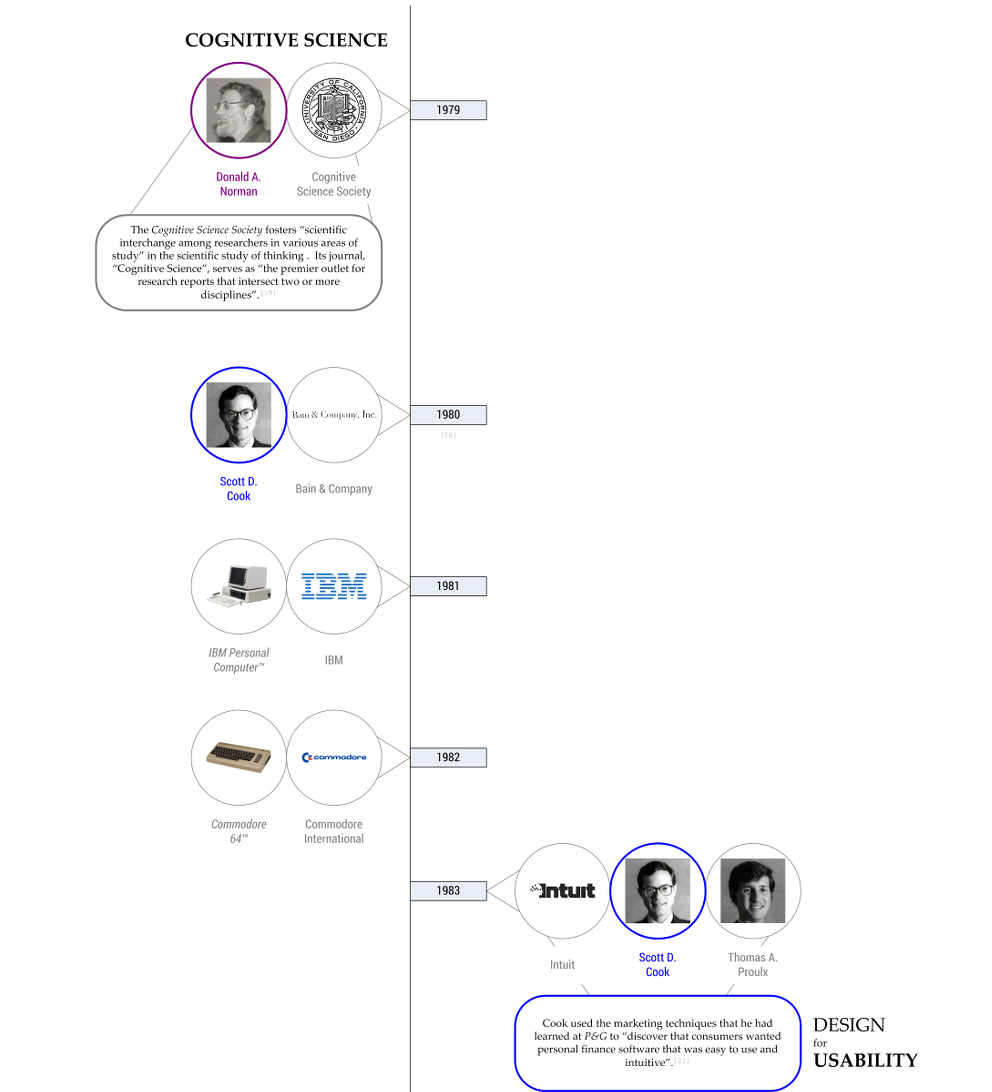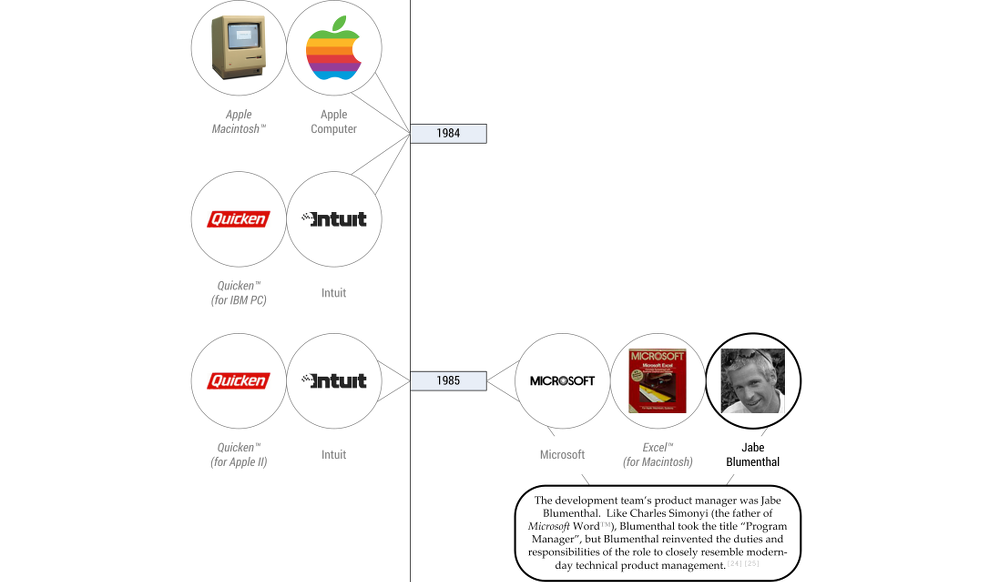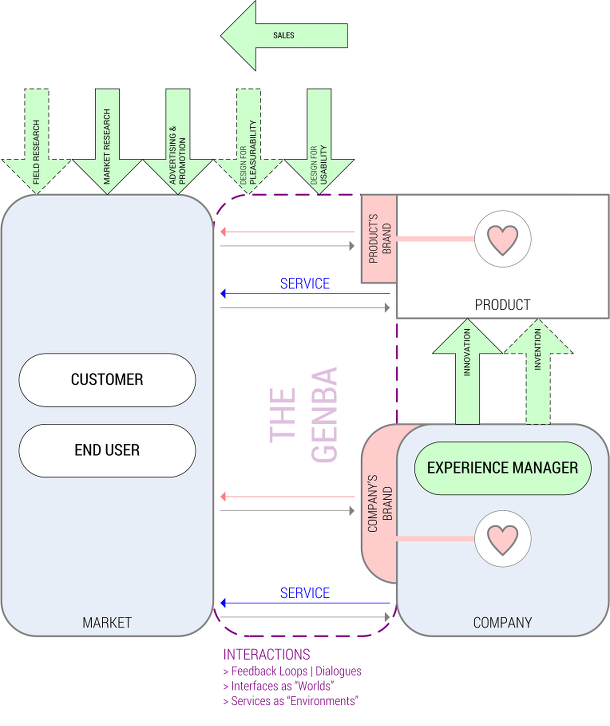The revolution of Experience Management as the evolution of Product / Brand Management
Just as the 20th century gave rise to the emergence of Product Management and Brand Management, the 21st century will give rise to the emergence of Experience Management.
The concept of Experience Management is both revolutionary and evolutionary: revolutionary in the sense that it’s a paradigm shift, but evolutionary in the sense that it’s a natural development.
Before we take a look at what lies ahead, let’s first take a look at the development of Product Management and Brand Management over the course of the 20th century.
— Product / Brand Management over 99¢ of a Century —
Although it is reported that General Electric had the “product manager” title in 1894, it is not clear what the duties and responsibilities of the role entailed.
By 1922, however, it is clear what product management consisted of at “one [unnamed but] well-known manufacturer”. At this company, the “product manager” title referred to products sales managers who were to:
… interpret sales plans and issue all product instructions to travellers, to take personal charge of all special campaigns, to handle all product routine sales matters and promote the work and to assist in forming sales plans. These men, one for each product, report to the sales manager to avoid duplication of instructions.[4]
In this plan, product managers were principally (if not exclusively) sales-focused.
By 1924, sales promotion managers were sitting down with product managers—this is not unlike today, where Product Marketing Managers and Product Managers work side by side.
By 1928, the “brand manager” title was in use at the American Chicle Company, where each of Beeman’s™, Black Jack™, Dentyne™ and Chiclets™ was overseen by a brand manager. Brand managers were responsible for the movement of their brands, including not only sales, but also advertising and promotion.[8]
At Procter and Gamble (P&G), brand management met Market Research in 1928 (with Lava™ soap, managed by Uhling) and Field Research in 1931 (with Camay™ soap, managed by McElroy).
Find out what the consumers want and give it to them.[13]
McElroy went on to co-ideate and closely supervise ARPA, which played a vital role in the creation of the Internet. ARPA also funded research in the field of Human-Computer Interaction that was published in “User Centered System Design” in 1986.[15]
A new type of consumer product, the “home computer”, was popularized in the early 1980’s. By the middle of 1984, Apple, IBM and Commodore had sold 1 million, 2 million, and 2.5 million home computers respectively.[22] During the early 1980’s, Scott D. Cook co-founded Intuit, where he applied the “Design for Usability” concept to the development of computer software.
Before co-founding Intuit, Cook was a brand manager at P&G and a strategy consultant at Bain & Company. Cook was a prototype of the modern-day general product manager as he was part technologist, part marketer and part strategist—that is, part TPM (Technical Product Manager), part PMM (Product Marketing Manager) and part PLM (Product Line Manager).[23]
Just as Intuit worked to develop easy-to-use computer software, Apple worked to develop easy-to-use computer systems[26] and launched the Macintosh™ in 1984. The first version of Microsoft Excel™ was developed for the Macintosh™. The development team’s product manager was Jabe Blumenthal, a prototype of the modern-day TPM (Technical Product Manager).
In 1986, the “Design for Pleasurability” concept was introduced in “User Centered System Design” (UCSD), which was co-edited by Donald A. Norman. Norman co-founded the branch of Cognitive Science in 1979 and invented Cognitive Engineering, a type of applied Cognitive Science.
UCSD states that engagement (ex: “pleasurable engagement”) is maximized when a system is built on a model world metaphor:
In a system built on the model world metaphor, the interface is itself a world where the user can act, and that changes state in response to user actions.[30]
Design for Pleasurability focuses on the design of a system’s user interface, which itself is a “world”—a world that the user can see, hear and touch—a world that the user can experience.
In 1993, Norman was hired by Dave Nagel, Vice President of Advanced Technology at Apple Computer, as a Fellow alongside Guy Kawasaki, Alan Kay and Steve Wozniak. Within the division, Norman ran the User Experience Architect’s office.[31]
Person, Place or Thing?
When Apple Computer was first established, Regis P. McKenna’s marketing consultancy and advertising agency wrote their first business plan, designed the iconic Apple™ logo and put together their advertising campaigns.[16]
In 1991, McKenna’s “Marketing Is Everything” article was featured in the Harvard Business Review (HBR). In the article[28], McKenna stated:
… it is the service that is integral to the product.
and defined “service” as:
… the process of creating a customer environment of information, assurance, and comfort … ultimately, an environment that encourages honesty.
McKenna’s view of service as an “environment” parallels Norman’s view of a system’s user interface as a “world”.
Thus, it can be argued that the frontline of product management is not the ‘Person’ (as it is for the marketer) nor the ‘Thing’ (as it is for the technologist), but rather the ‘Place’ in between—the Genba—the “place of real action”[32] where value is created.
Market Intelligence
McKenna discussed (in the HBR article) how technology is transforming market research. Technology has made it possible to remotely monitor markets in real time: what and how a company and its competitors’ products are bought and used. Market intelligence can be utilized before, during and after product life cycles.
For example, prior to conception, market intelligence can be utilized to simulate markets. As products are also simulated, product/market fit can be determined and capital can be allocated to top prospects for new product development.
Co-Design
McKenna also discussed (in the HBR article) how technology is transforming production, as pre-production programmability enables product customization:
Today technology has created the promise of “any thing, any way, any time.” Customers can have their own version of virtually any product, including one that appeals to mass identification rather than individuality, if they so desire.[28]
McKenna highlighted the importance of building loyal and sustainable relationships not only with suppliers, but also with customers and end users. By creating feedback loops—dialogues, not monologues—a company can systematically integrate customers and end users into the company and change its role from that of ‘the designer’ to that of ‘a co-designer’.
Beyond pre-production programmability, post-production programmability enables consumers to create and produce after the initial point of purchase: to not only experience the “world” that is delivered at the point of purchase, but also change the “world” itself after the point of purchase.
As product managers deliver programmable solutions, they deliver evolving solutions that meet the evolving needs (and wants) of consumers.
The Emergence of Experience Management
Just as the 20th century gave rise to the emergence of Product Management and Brand Management, the 21st century will give rise to the emergence of Experience Management.
The Experience Manager is a cross-functional leader.
“Experience” may be defined as the sum total of a series of interactions over time. Thus, as an Experience Manager shapes the Genba, the Experience Manager shapes the experiences of customers and end users.
Experience Managers do not aim to build just products, nor do they aim to build just brands. End-to-end, Experience Managers aim to build and grow:
1 |
Revenues |
by delivering pleasurable “worlds” |
2 |
Invention and/or Innovation Capital |
by upstream and/or downstream R&D |
3 |
Brand Capital |
of the company, and of the pleasurable “worlds” that it delivers |
4 |
Relational Capital |
with suppliers, customers and end users |
The goals of the Experience Manager are defined in fiscal accounting terms because the Experience Manager is a fiscally accountable manager. Although it can be argued that Profit is not more important than People and Planet, it can also be argued that fiscal stability is a prerequisite not only for sustained economic impact, but also for sustained social and environmental impact.
In Part II of this series, we’ll take a closer look at the first goal of the Experience Manager: building and growing revenues. We’ll look at how, exactly, the activities of the Experience Manager impact the top line of a business and how, exactly, the Experience Manager can deliver pleasurable “worlds” that businesses and consumers can experience.
“Worlds” that will change the world, this century and beyond.
Acknowledgments
I would like to thank those who reviewed the drafts of this article,
those who authored the referenced works,
and those who shaped the art of product / brand management: what it is today, and what it will be tomorrow.
All images and trademarks are the property of their respective owners and are displayed for nonprofit educational purposes in accordance with fair use (ex: 17 U.S. Code § 107 - Limitations on exclusive rights: Fair use).
